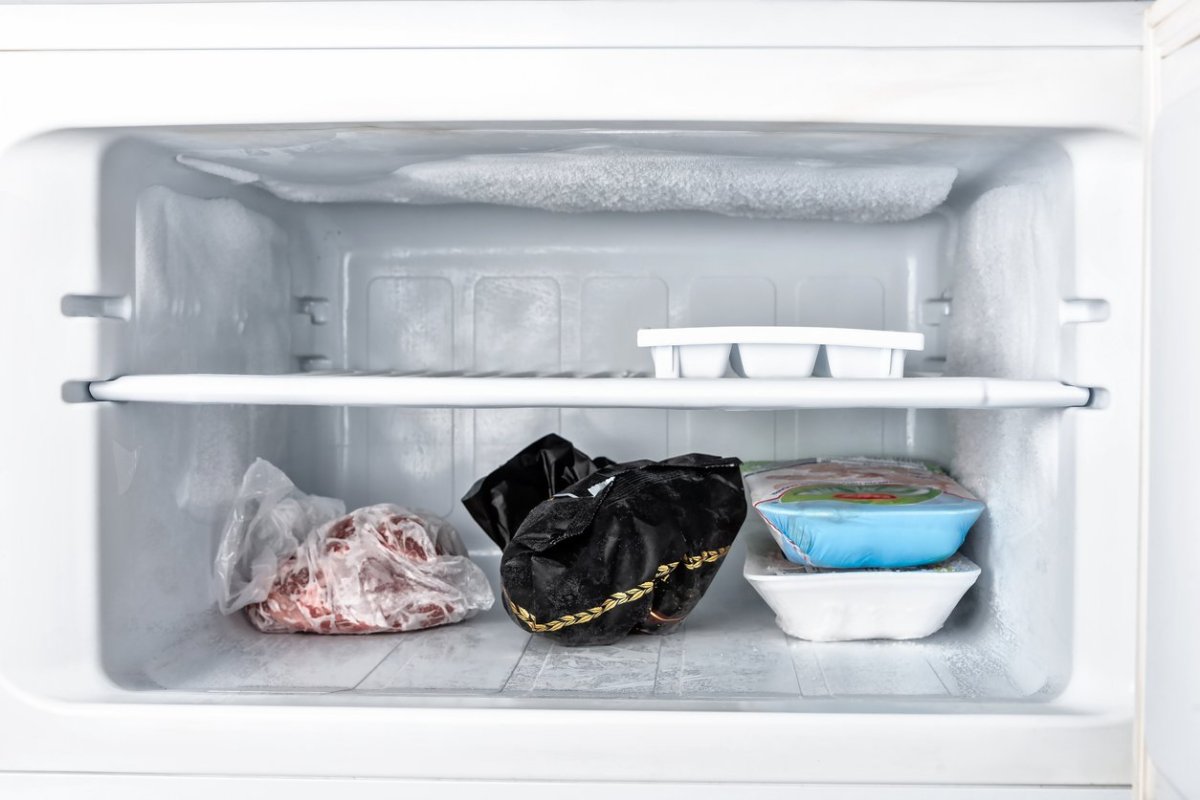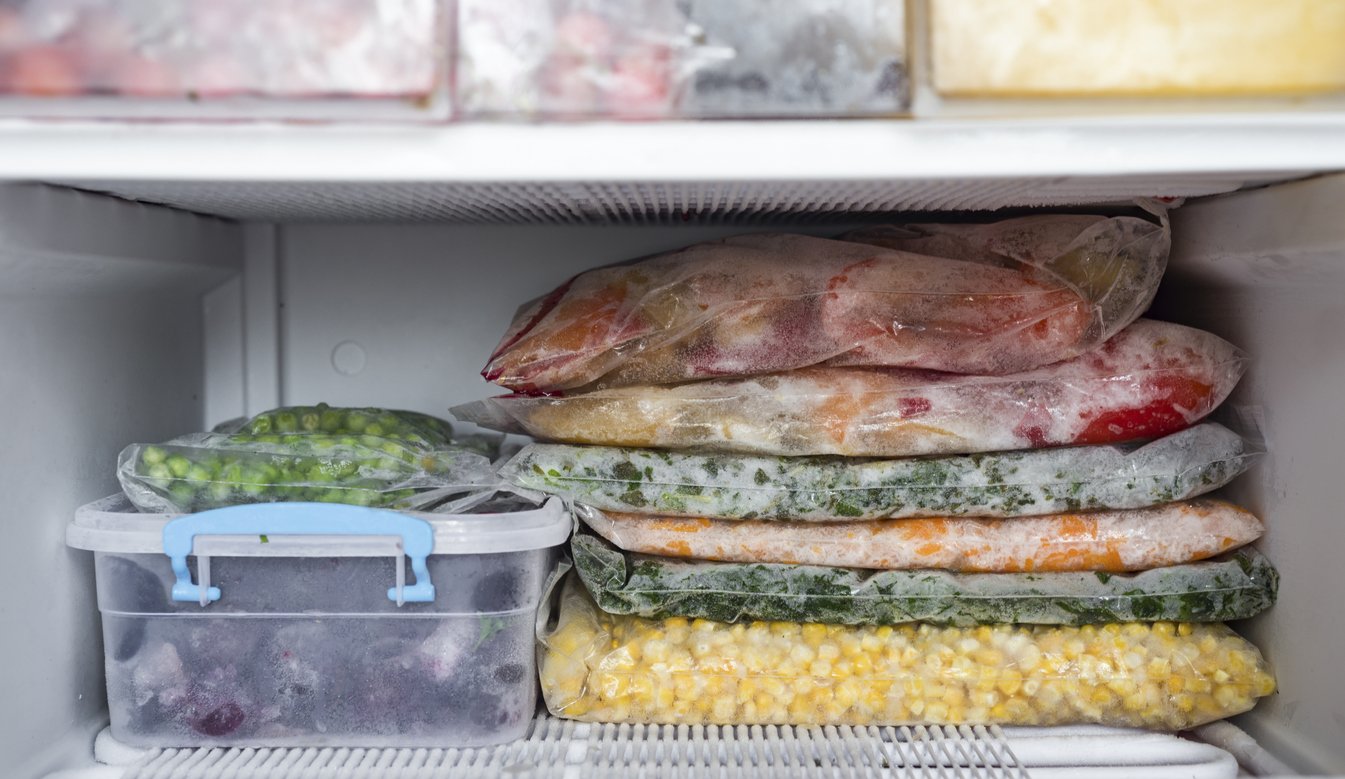

We may earn revenue from the products available on this page and participate in affiliate programs. Learn More ›
Q: For the past several months, I’ve found frost in the freezer compartment of my six-year-old refrigerator. Even after I’ve manually defrosted the freezer by turning it off and letting the frost melt completely away, the frost starts forming again within a few weeks. Am I doomed to defrost my freezer on a monthly basis?
A: You may be able to troubleshoot the issue and be frost-free. When moisture makes contact with the freezer’s evaporator coils, located behind the back panel of the fridge or freezer, it triggers the growth of frost inside the freezer. As you’ve probably discovered, frost in the freezer can affect the flavor of your frozen foods (a condition called freezer burn) and it can restrict airflow, reducing the freezer’s efficiency. Moisture could be entering in a number of ways, and we’ll go through them step by step to help determine the frosty felon and curtail it for good.
RELATED: 9 Signs You Need to Replace Your Fridge
Putting hot foods in the freezer will often trigger frost development.
According to GE Appliances, putting warm or hot food in the freezer introduces humidity to the unit, which can result in frost developing on the interior walls. If you prepare meals in advance and then freeze them, let the food cool on the counter until it’s no longer hot, and then refrigerate it to chill further before storage in the freezer.
Putting wet food in the freezer also contributes to the problem.
This issue can worsen in summer if the frozen items you purchase at the grocery store begin to thaw a bit before you get home. If you notice wetness on the outside of ice cream cartons and other frozen foods, dry the packages before stowing them in the freezer to keep the moisture level low.

Too little (or too much) food can lead to frost in the freezer.
Once food items freeze, they help keep the air inside the freezer cold. So when you open the door on a full freezer, letting in warm air, the air will cool quickly when you shut the door again, reducing the risk of new frost in the freezer. Keep your freezer fully stocked but not crammed to the point that food blocks the cold airflow circulating through vents in the back and sides of the freezer because blocked airflow encourages frost. A good rule of thumb to prevent frost in a freezer is to stock as much food as you can while keeping one inch of space between the food and the interior walls, back, and ceiling of the freezer compartment.
A poor freezer door seal that could be to blame.
Over time, the magnetic gasket seals that keep the freezer door shut can become brittle, which prevents them from sealing tightly and allows a continuous stream of warm air into the freezer compartment. Large appliance manufacturer Samsung recommends performing a “dollar test” to determine whether air is sneaking into the freezer. Clean the seals with an all-purpose cleaner and then dry them thoroughly. Close the freezer door with a dollar bill stuck halfway in, and then pull the bill. If it comes out easily, the gaskets aren’t sealing as snugly as they should. Replacing gasket seals is a relatively simple DIY task. Order seals from the manufacturer of your fridge, which come with complete installation instructions.
An open ice dispenser chute door can lead to frost formation.
Many of today’s refrigerators come with an ice dispenser built into the door. If ice becomes lodged in the chute, keeping the chute door from closing completely, warm air can seep into the freezer compartment. Refrigerator manufacturer Amana suggests checking to see if a bit of ice is keeping the chute door from closing. If so, use a plastic spoon to carefully dislodge it. If the dispenser chute door isn’t easily visible, consult your owner’s manual to find out how to access it.
The defrost sensor could be damaged.
Most modern freezers feature built-in defrost cycles that will take care of frost in the freezer automatically so you needn’t defrost it manually. When the defrost sensor detects frost beginning to build on the evaporator coils, it temporarily causes the coils to heat up, which melts away frost or ice. Once the coils are clear, the freezer switches back to cooling mode. If the troubleshooting methods explained above don’t do the trick, it’s time to call out an appliance repairperson who may need to replace the defrost sensor.
